Developing technology
In 2019, we spent $962 million on research and development (R&D), compared with $986 million in 2018.
Our R&D projects often involve collaborations with public or private entities, including universities, government laboratories, technology start-ups and incubators. This collaborative approach to innovation with partners inside and beyond the energy sector helps spark new ideas and accelerates their development and deployment.
In 2019, we started work on 223 R&D projects with universities. Many of these projects focus on areas that are crucial for low-carbon energy systems, such as biomass, renewable power and electrochemical batteries.
Read more about innovation and collaboration at Shell at www.shell.com/innovation-through-research-and-development.
Capturing carbon
In 2019, we successfully completed a one-year pilot project to separate carbon dioxide (CO2) from the exhaust gases of a biomass power plant in Vienna, Austria. The project captured 0.7 tonnes of CO2 per day.
The technology meets high CO2 recovery and purity standards and has the potential to cut separation costs per tonne of CO2 by up to 25%, compared to leading alternatives. We are now working to develop the technology to commercial scale so we can capture around 200 times more CO2.
We developed the technology and operated the project in collaboration with two Austrian universities, TU Wien and the University of Natural Resources and Life Sciences, and six other partners. The pilot project and preceding research resulted in eight PhDs and 15 published papers.
Read more about capturing CO2 in Carbon capture and storage.
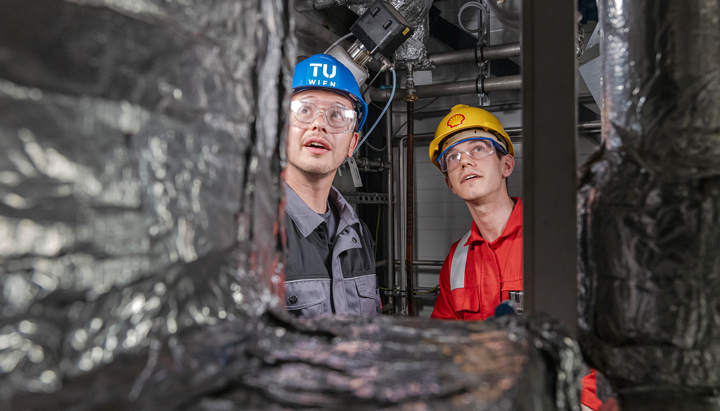
We have completed a project that demonstrates a new carbon capture process at a biomass power plant in Austria.
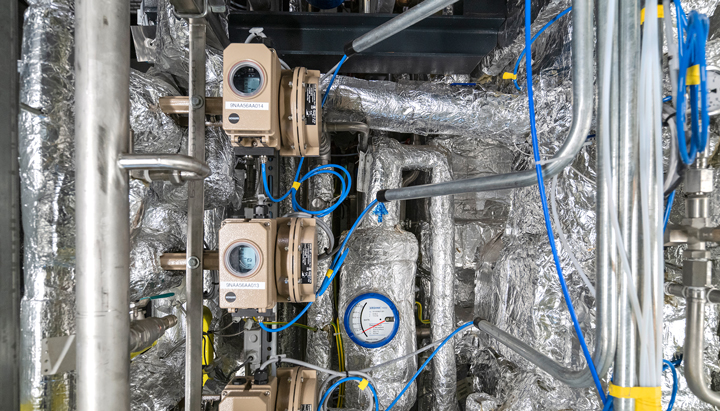
The technology we developed with universities and others helped capture 0.7 tonnes of CO2 per day at the Austrian pilot project.
Plastic waste as feedstock for chemical plants
In 2019, we successfully produced chemicals using a liquid feedstock made from plastic waste. The technique, known as pyrolysis, turns hard-to-recycle plastic waste into chemicals that are used to make new plastics. These are the building blocks of everyday consumer goods like clothing, computers and mobile phones.
This innovation takes us one step closer to our ambition to use 1 million tonnes of plastic waste a year in our global chemical plants by 2025 (see Plastics).
Measuring carbon uptake in nature
Measuring the level of CO2 that is absorbed by nature, such as forests, grasslands and wetlands, is an important technique for assessing the health of ecosystems and the impacts of climate change.
For Shell, it is an essential tool that measures the carbon uptake of our nature-based solutions (see Nature-based solutions) so that we can offer carbon credits to our customers transparently.
Together with the University of Exeter, UK, we are developing and field-testing advanced measuring equipment that continuously monitors the carbon uptake in a natural ecosystem.
The system is small and compact and a fraction of the cost of other systems on the market, while producing accurate data that can be accessed remotely. This will allow scientists to deploy more carbon flux measuring systems and gather more data on ecosystem health and climate change. For Shell it provides cost-effective and accurate measurement of carbon uptake in our nature-based solutions.
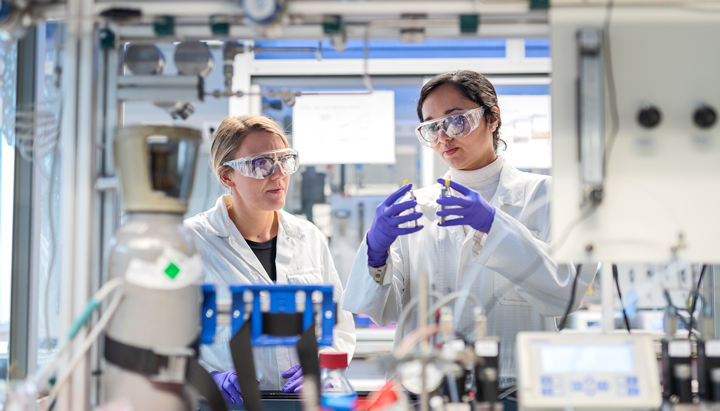
We work with scientists and universities around the world on research and development projects that focus on, among other things, low-carbon energy systems.
 Climate change
Climate change
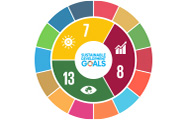 Sustainable development goals
Sustainable development goals
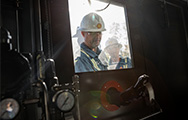 Safety
Safety
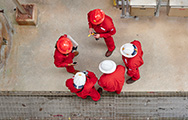 About our data
About our data
